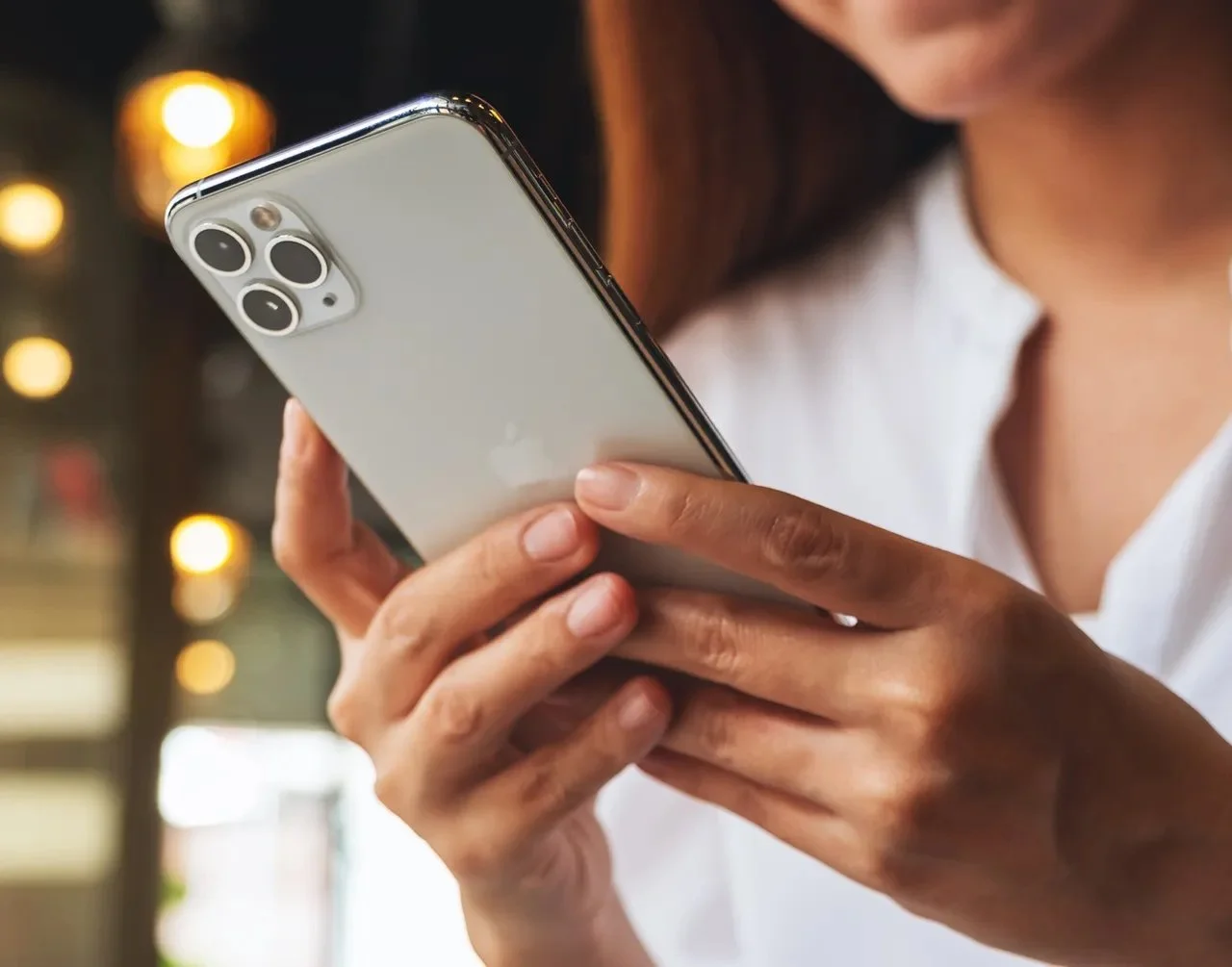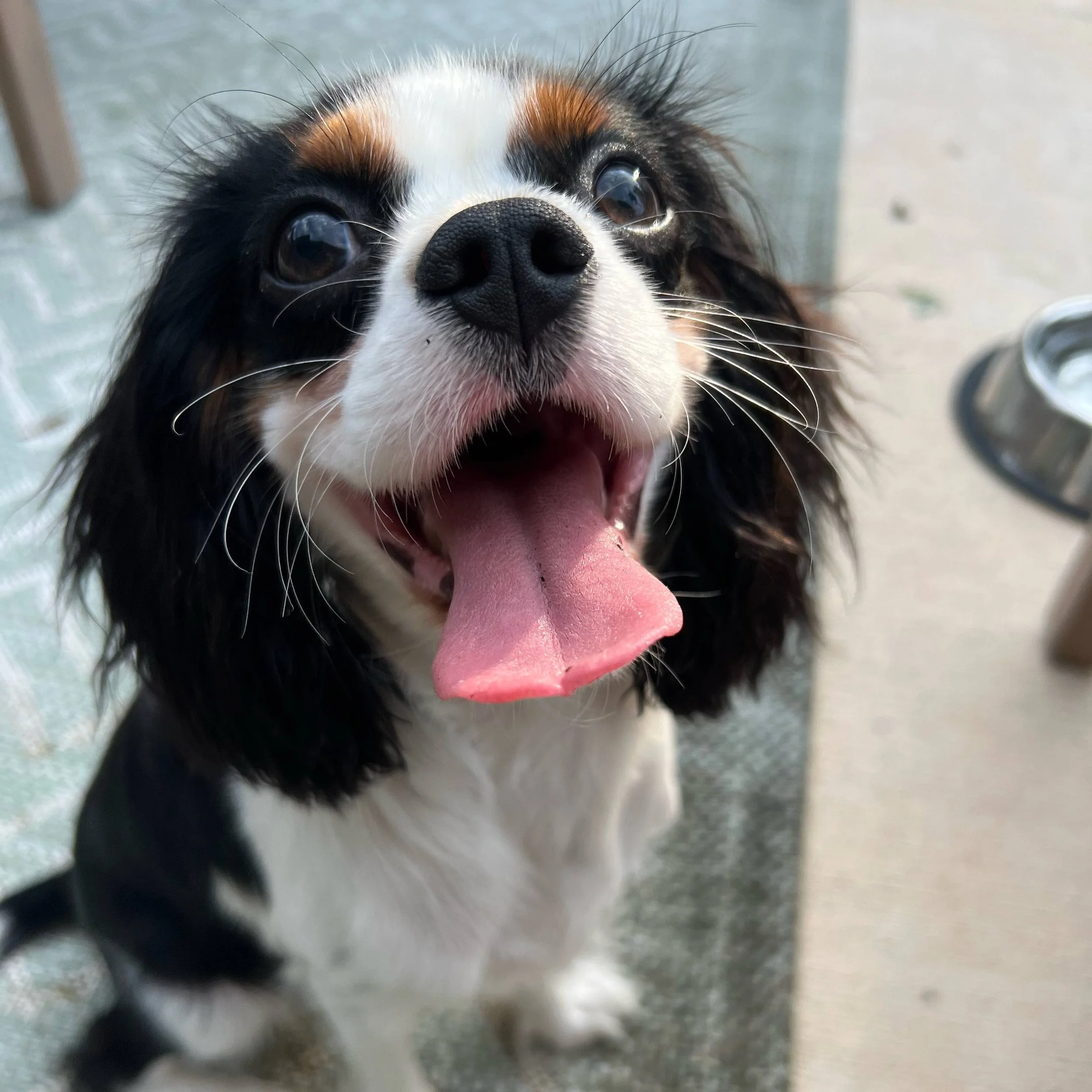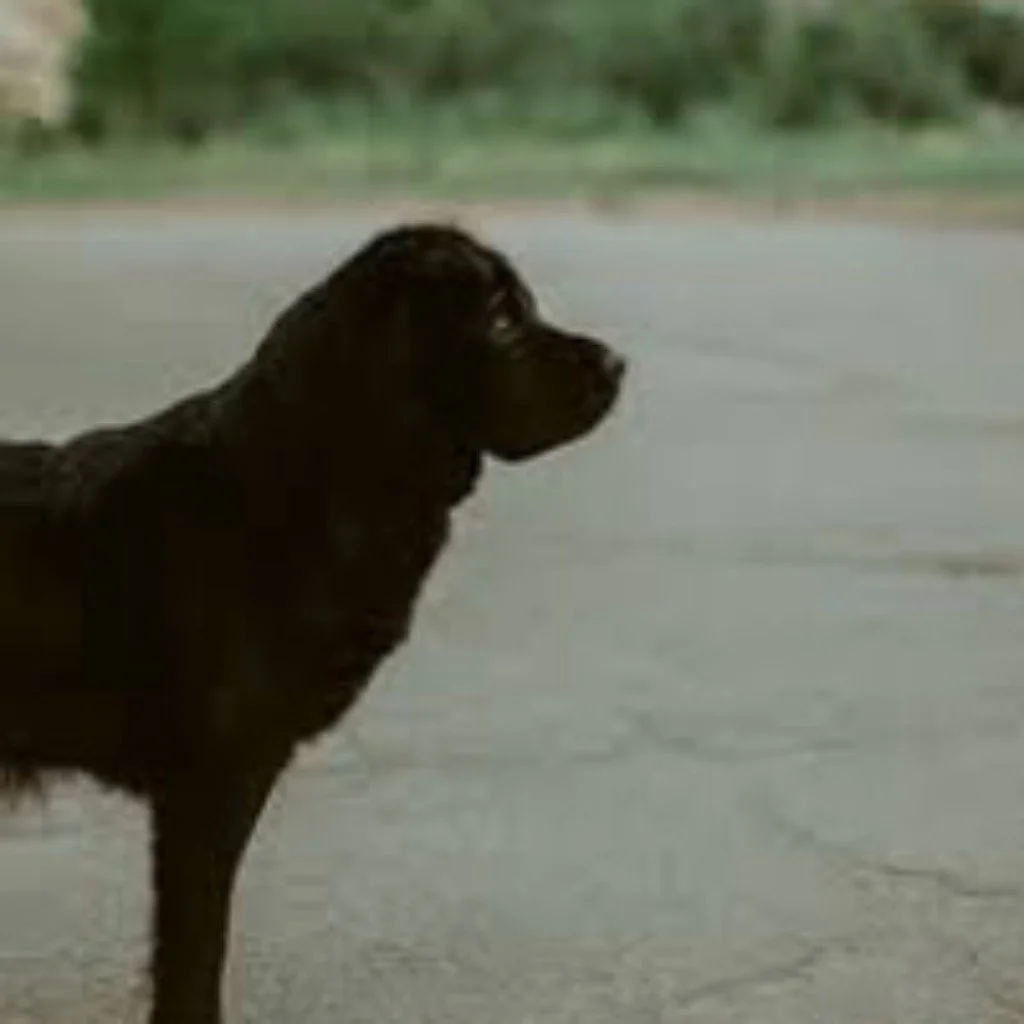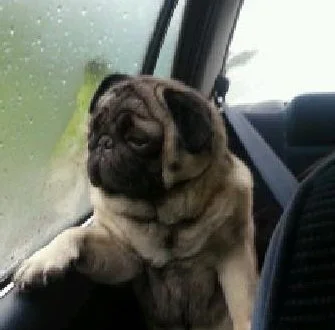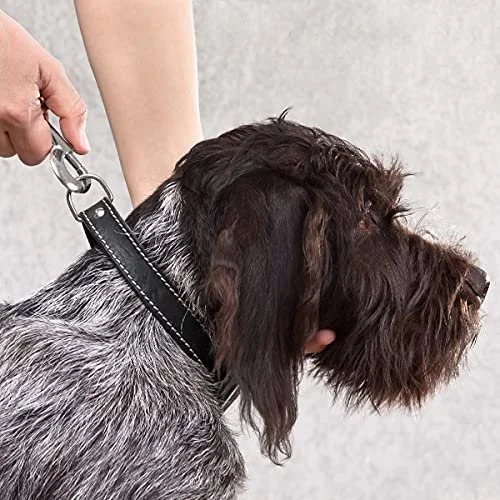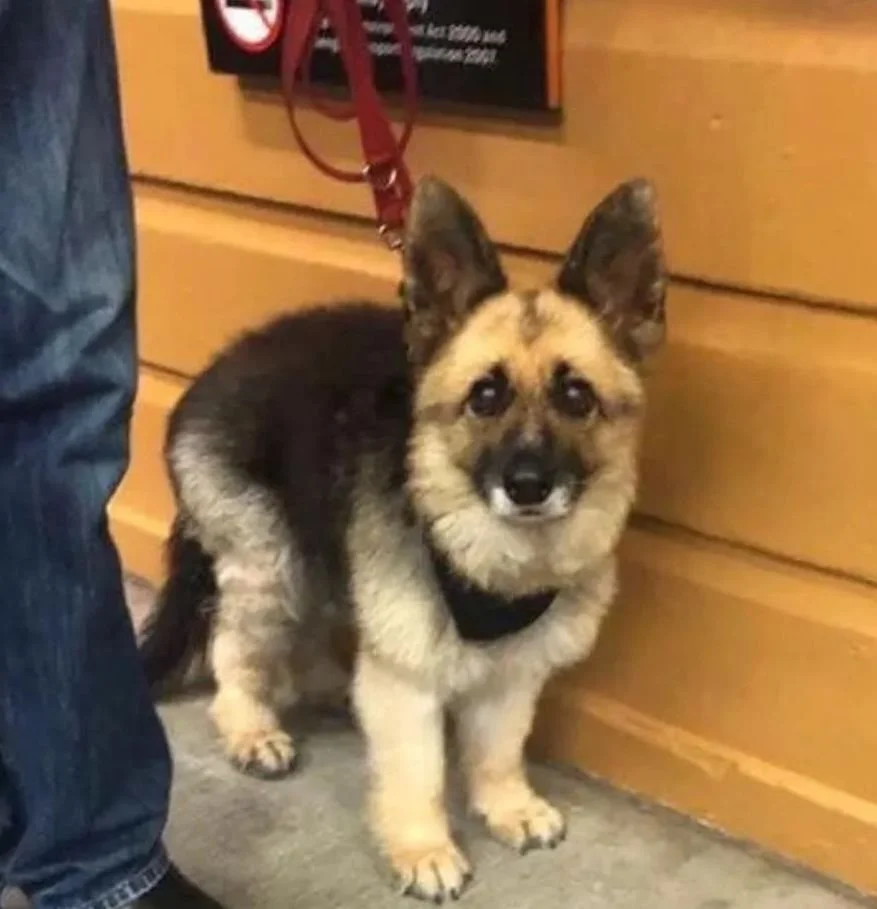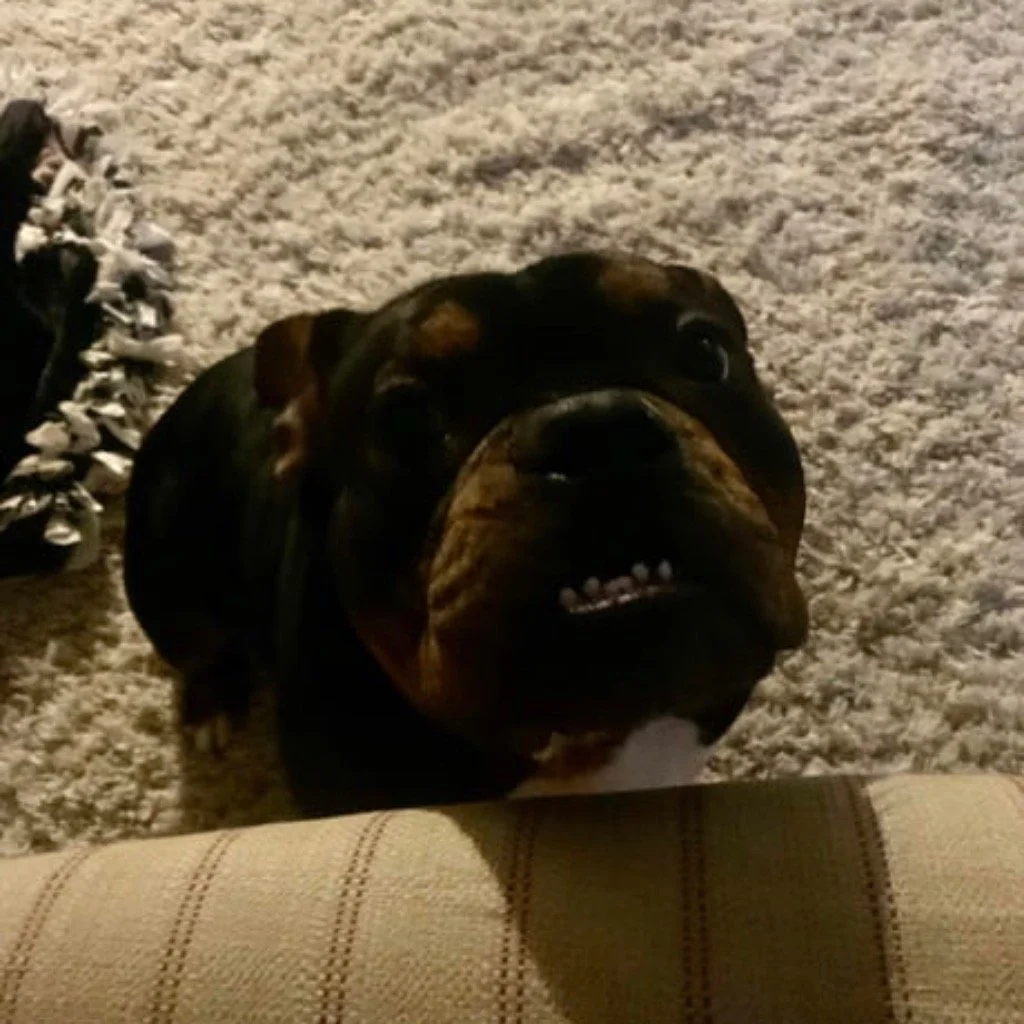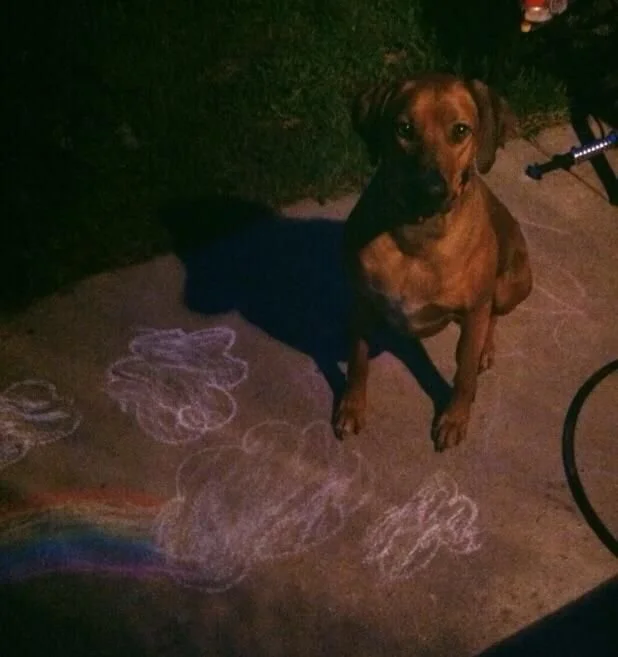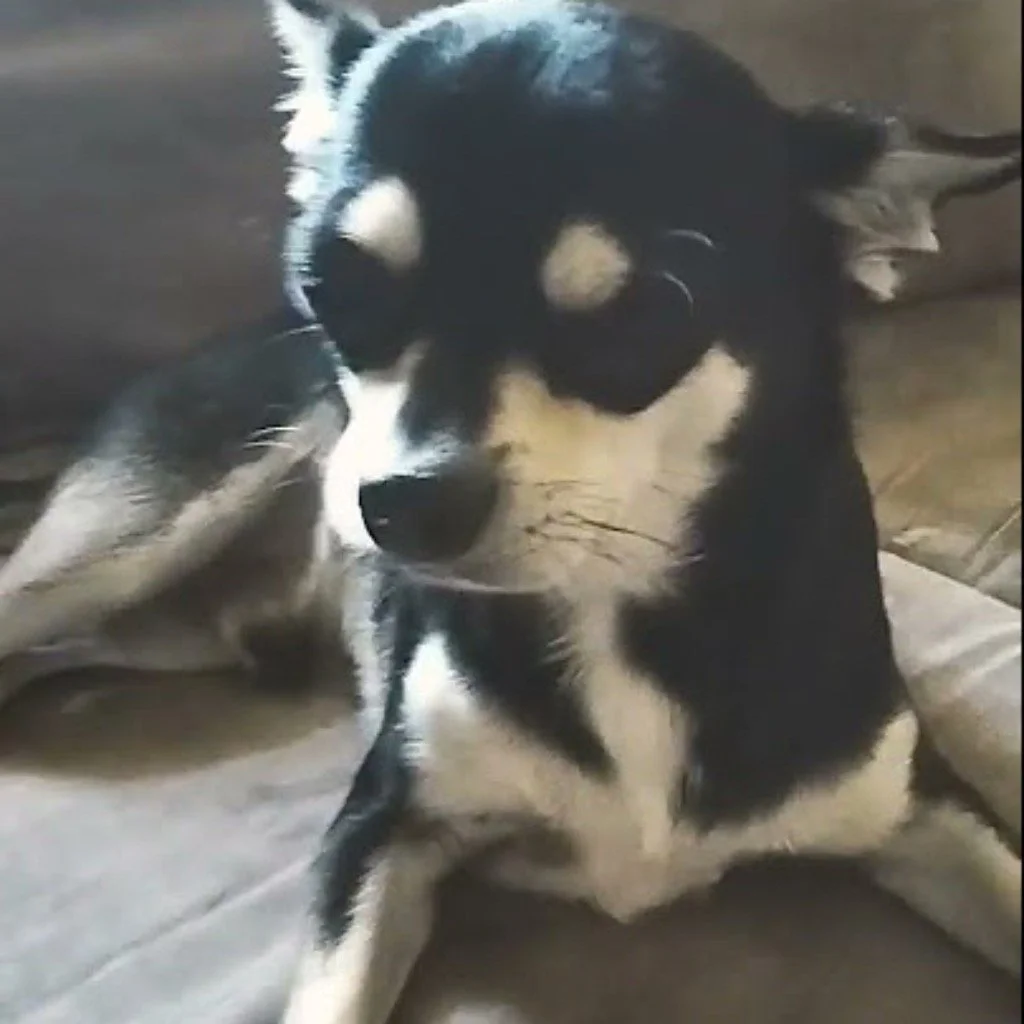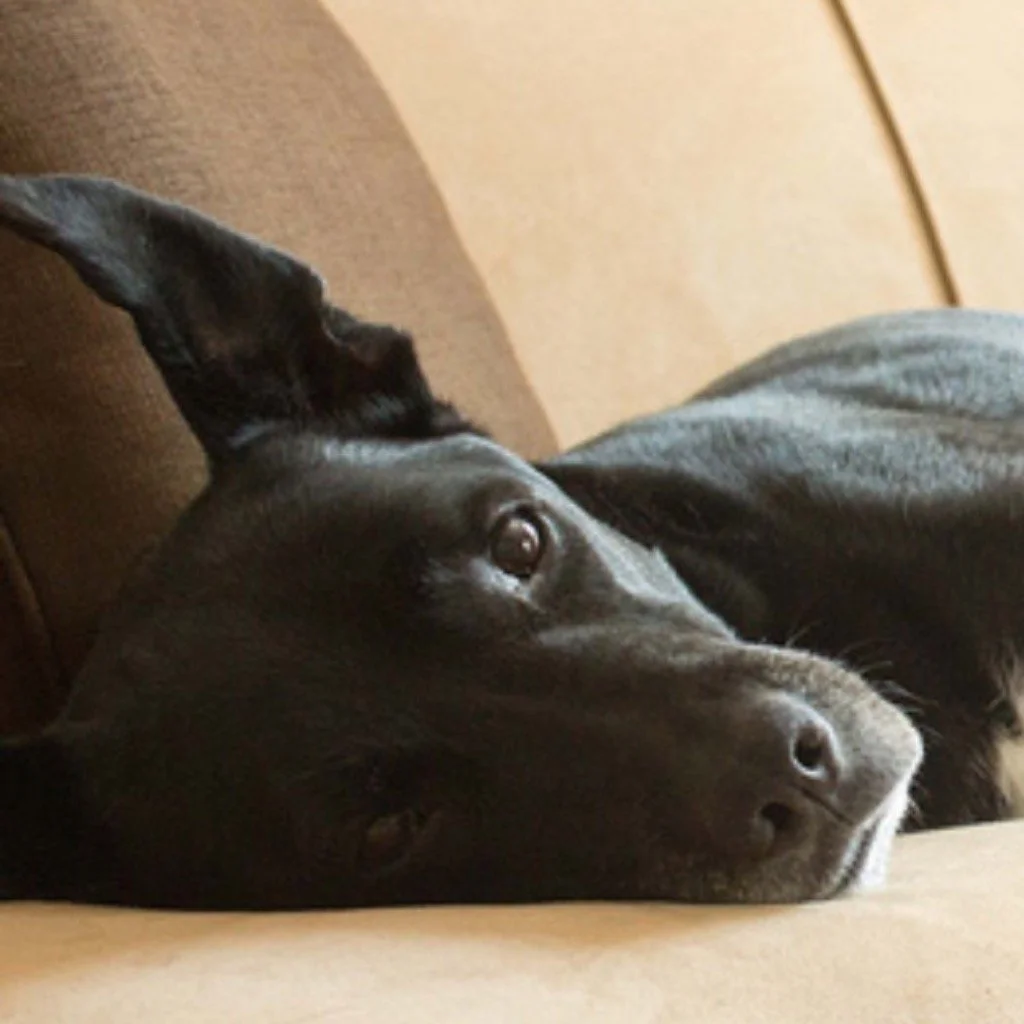An Idiot’s Guide to Photographing Fido (how to take a great picture of your pet)
Everyone is a professional photographer with that thing we all carry around in our pocket. We all have access to a piece of technology that can take absolutely stunning pictures, no matter what platform of phone you carry. You definitely don’t need a high quality professional camera at this point to capture your day to day. But, you do need a couple of pointers from me on how to go about taking or choosing the best possible shot for your reference picture!
Subject Composition Matters
All of the above have a large to medium composition of the face of the pet. That is good! You want the focus of the painting / photograph to be on the subject’s face. The eyes and expression is truly, how we as humans, make connections. The old phrase that “eyes are the window of the soul” is spot on. When we make eye contact and hold it, we open ourselves to connect to the subject that holds our gaze. The same is true of paintings, even though they are not a live subject. Eyes have the potential to reach out to us and speak and form the expression that gets conveyed.
“(The) eyes represent “the window of the soul”; this means that it immediately reflects our emotions, our fears, and our deepest emotive shades.”
Please Face the Camera
If you give me something where the pet is looking away, then I guarantee you just won’t connect the same way. Here are some (bad) examples of this.
When the subject / pet is looking away, you can’t see their face fully, and the entire composition of the portrait painting, in my opinion, will suffer. Not to say all paintings of people or animals in their profiles are necessarily bad. They just suffer from that connection that I’m trying to make in all my works. You don’t “feel” someone when they are looking away from you.
Size (of image) Matters
Above: Examples of Low Resolution Images
File size and blurriness of the image used matters. When dealing with low resolution images and blurriness, the fine details come from inside my head because the image doesn’t give guidance. Sounds fine, right? She’s an artist, so she can get “creative”! But, if your image is not in focus or is shot too from too far a distance from your pet, how can my painting be expected to create sharpness and vitality?
I’ve had my fair share of people with good intentions, providing me with the only photographs they could find on their friend’s social media account of their dog as a surprise gift. And, sometimes we don’t get second chances because the pet we want to photograph is no longer with us. So, we have to use the best sources we have. I will stress that with these difficulties comes my own difficulties within the painting process.
Take a Look:
Can you make out the details of this pup?
File Size: 78 kb
Dimensions:
877 × 909
Take A Look:
This is such a cool picture. But, can you make out the details where his eyes are? Where his jowl line is on his lips? Zoom in. Can you make out details?
File Size: 242 kb
Dimensions: 733 × 733
When I find I have insufficient data to work with, I have to find similar images to work from by scouring the internet and fragmenting the images with the ones provided to me. I don’t like doing it, and the result sometimes can show through. While the term “Frankensteining” comes to mind, it poses a risk that the final portrait may not look like the original intended subject(s). And that can be uncomfortable for both artist and client if their pet is missing that “something” that made them who they are/ were. I am not shaming, just being realistic; I only want to provide the best for my commissioners!
Painting a portrait does take a “good image” to work from! File size and blurriness of the image used matters. What is low resolution? When your image (JPEG) is less than 100 KB with dimensions or less than 1000 x 1000, it can be difficult to use because the image is extremely tiny unless blown up on a computer screen and squinted at. If everything looks very fuzzy when you zoom in to your image, then the photo will be difficult for me to work from.
““If everything looks very fuzzy when you zoom in to your image, then the photo will be difficult for me to work from.””
Lighting Your Life
Above: Some examples of poor lighting, either too dark or washed out from the light source.
Let’s talk about lighting! The best places to shoot are going to be the great outdoors, and the best time is around 11:00 AM, when the sun is out but not yet beating down on you. #FloridaGirl. That being said, indoor lighting works just fine to capture your pet but fair warning, when you have a dim to dark room, you may want to think about lightening it up some or take it during daylight. This is especially important for darker colored animals, as their features can quite literally be lost in the dark. Our cameras are unlike our eyes, which given the scene add depth and form as a natural filter through our brain. The camera may “lie” and create a flat image. I want to see the dimension of the animal’s skull through their coat, the line of their muzzle, the wetness of their nose as it glistens in the light source. The way the light hits them shapes their form and flatters it.
If the light is too intense, this may also overexpose your image. Too much light, natural or otherwise, can create a “washed out” look. I may not be able to capture their true colors in this manner. Example, our Bruce is a tricolor boy. His coat has many shades of black which vary to red hues in bright, bright natural light and near-blues while he is in the shade. Lighting is an intricate part of, if not the most critical aspect, of photography. I am an artist whose style is to utilize all the colors in my palette to create the most beautiful and vibrant acrylic portrait of my subjects; the better lighting quality of the image you provide me with, the more I can expand my creativity in painting.
I absolutely love black cats!
Here is a poor example of a black cat in dark surroundings. Since the image is dark to begin with, it “flattens” the subject. It all appears at first glance on 1-2 surface planes to me. The depth and the dimensionality of the image are not there.
I.e., can you truly tell where the lines of the face of this cat are? Tell me where the exact lines of the lips start and end. Where are the correct curvatures of the legs?
Your Personality is Showing
Finally, can you take a picture that captures your subject’s personality? Our dog is goofy and lovable, still a puppy, tripping over his own lanky legs. I get a good shot of him looking up at me with big doleful eyes, and I get smiles that last. Those are essentially the photographs that are going to make the best shots to work from. Capture their personality. Hold a treat above their head, a toy, something they are interested in. “Let’s distract you” says my wife every time she takes a picture of me, because I am naturally a camera shy-artist, more comfortable in the doing than the showing. Make your subject feel comfortable. A shot of them on the couch sleeping just isn’t as good as when they are staring at you full of love and admiration, even if it is treat-induced.
Good picture? Yes, the composition is good, the lighting is adequate if a little dark, she is looking at the camera. But check her mood. Does this inspire you? Perhaps it is her personality, but if that is untrue, let’s try another image.
Good picture?
Yes, face forward, great lighting, clear in focus, composition is great.
He is smiling, excited, and loving. This will make a wonderful portrait!
So to Review
The essentials for all of your amateur pet photography needs:
Composition Matters
Face Your Subject
Size (of file) Matters
Light it Up
Your Personality is Showing
My Dream Job
Composition checks out, face forward, looking at the camera/ me, lighting is great, and his expression is love.
Special Note:
For those who have an entire external hard drive of pet photographs, it can be so difficult narrowing down and choosing the one image you love above the rest. Use an image you are familiar with. I kept the same image of our old dog Korben on my phone screensaver for many years. I was so used to seeing this image of his smiling face that it has ingrained itself in my brain, and later on my body as a tattoo. Our human brains are naturally predisposed towards loving the familiar and love consistency. If there is an image you love and have shown everyone, posted everywhere, then that is a great image to start with on your journey finding the “right one” to send to me for the painting process.
***Disclaimer… I only write this and show these images because I have received so many just like these in the years I have been working as a portrait artist. This entire blog is written not to shame but to share with you the pitfalls of the photos we hold of our pets and how we can improve upon them, especially in the format I use them for. If it’s all you have (too dark, too washed out, too small, too grainy, et. cetera,) then that is what we’ve got and that is what we’ll work with it, because I believe everyone deserves to have beautiful and meaningful artwork of their pet if they want it. I’ll always put everything I’ve got into my work, especially with your pet.
As always, I hope this was helpful and instructive in your own journey!
~Toth-Padilla


